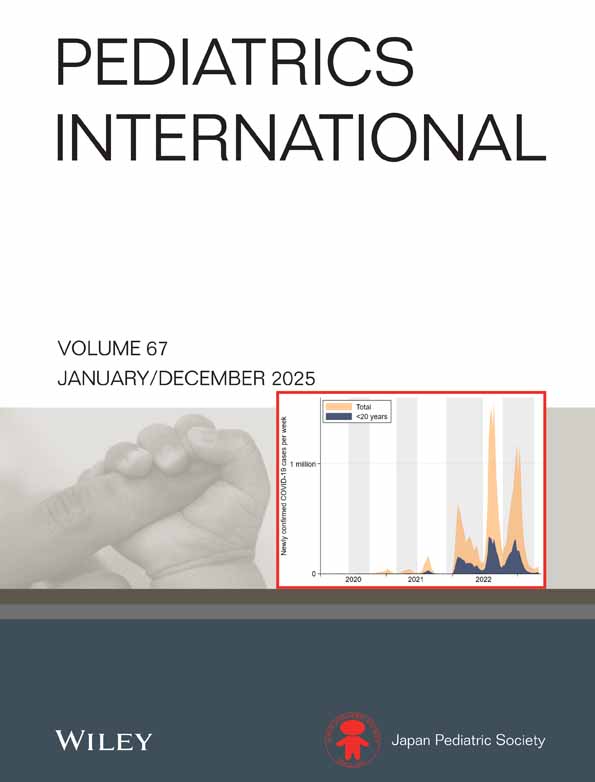Ventricular energetics in Fontan circulation: Evaluation with a theoretical model
Abstract
Abstract Background : Both pulmonary and systemic circulation must be maintained by a single pump in Fontan circulation. This unique property of Fontan circulation may be related to decreased exercise tolerance or increased instantaneous postoperative mortality rate, often observed in patients with this circulation. To better understand Fontan physiology, the present study theoretically investigated cardiac performance of Fontan circulation by using ventricular–vascular coupling framework analysis.
Methods : End-systolic volume elastance (Ees), as a chamber contractile property, and effective arterial elastance (Ea), a lumped measure of ventricular afterload, were estimated both in normal left ventricular systemic circulation and in Fontan circulation.
Results : End-systolic volume elastance was decreased and Ea was increased in Fontan circulation. Both ventricular external stroke work (SW) and mechanical efficiency (EFF) under Fontan circulation were lower compared with those under normal circulation. Furthermore, the Ees–Ea relationship in Fontan circulation predicted limited cardiac reserve in terms of SW and EFF. Such cardiac performance in Fontan circulation stemmed from increased impedance due to the additional connection of the pulmonary vascular bed to the systemic vasculature and from the lack of a compensatory increase in contractility for increased afterload.
Conclusions : Thus, it was inferred that Fontan circulation had intrinsic disadvantages and this may explain, in part, abnormal functional status and decline in survival following this procedure.




